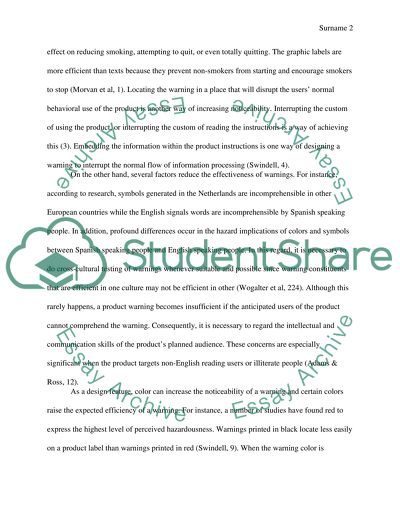Cite this document
(“Warnings placed on products Essay Example | Topics and Well Written Essays - 1250 words”, n.d.)
Retrieved from https://studentshare.org/literature/1424536-warnings-placed-on-products
Retrieved from https://studentshare.org/literature/1424536-warnings-placed-on-products
(Warnings Placed on Products Essay Example | Topics and Well Written Essays - 1250 Words)
https://studentshare.org/literature/1424536-warnings-placed-on-products.
https://studentshare.org/literature/1424536-warnings-placed-on-products.
“Warnings Placed on Products Essay Example | Topics and Well Written Essays - 1250 Words”, n.d. https://studentshare.org/literature/1424536-warnings-placed-on-products.


